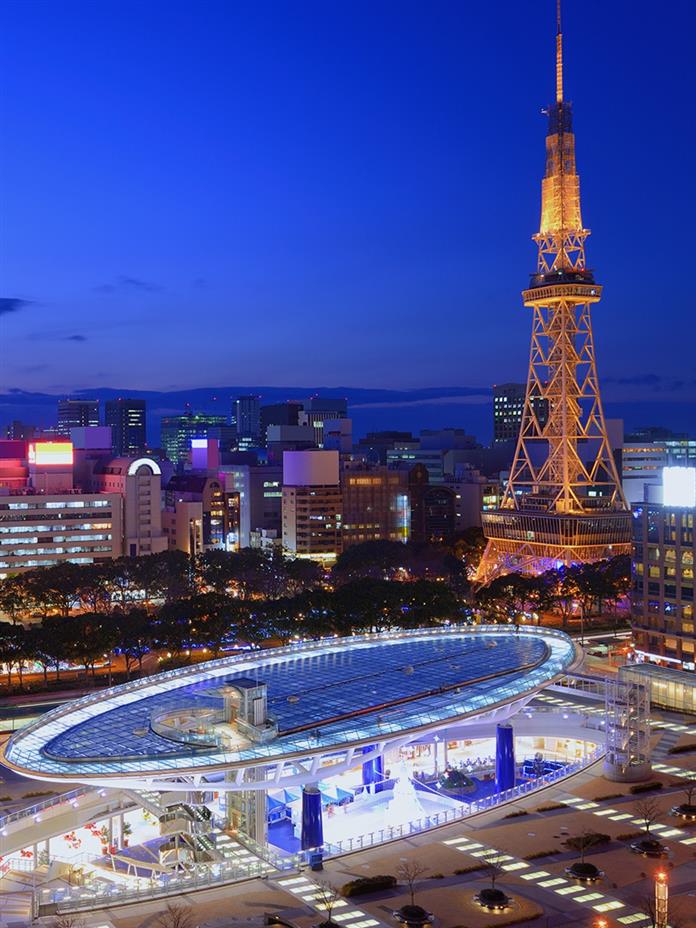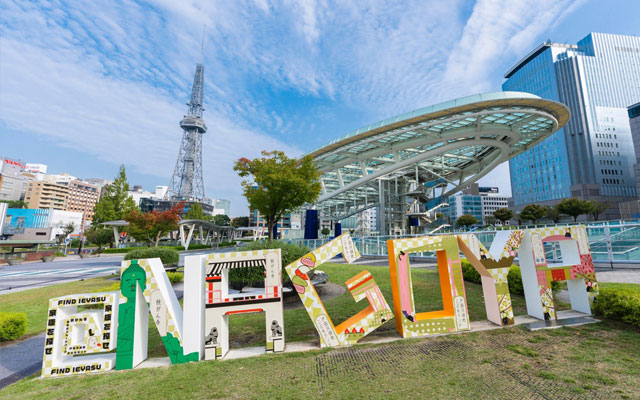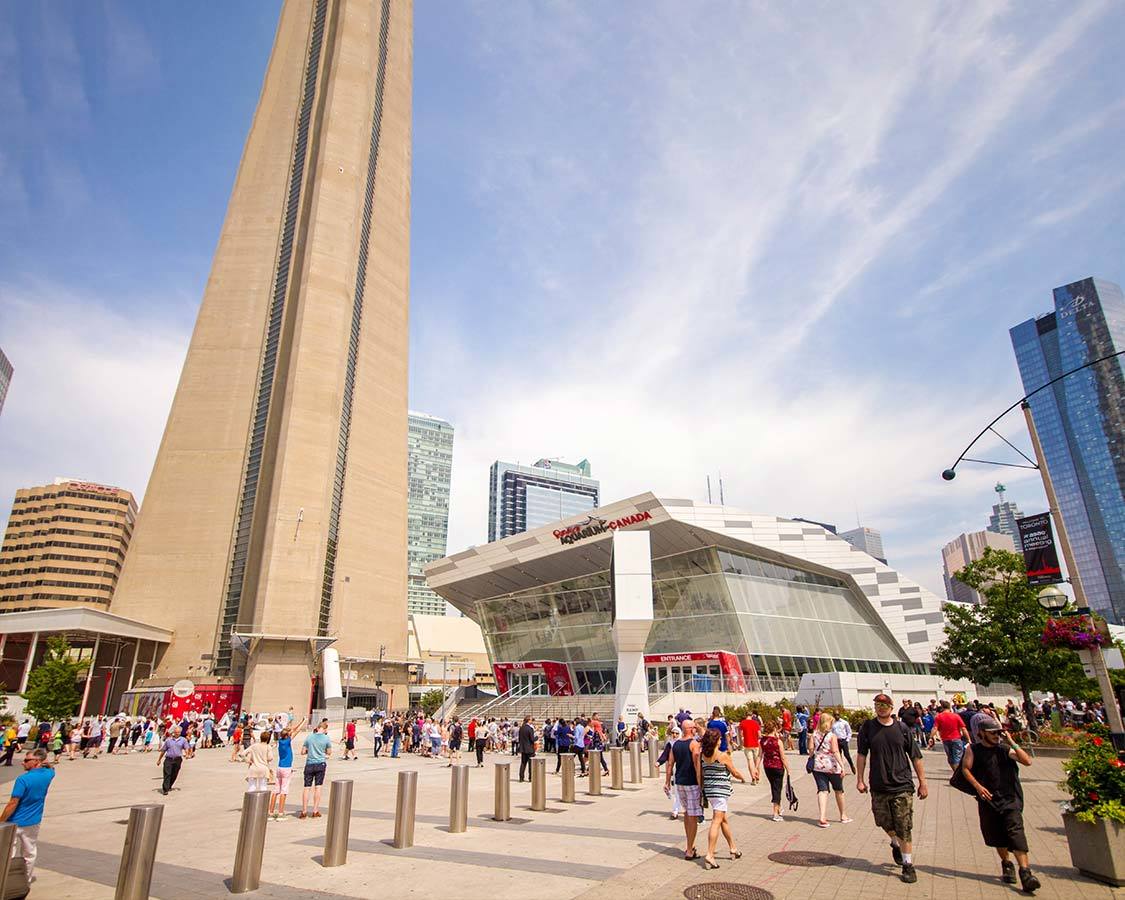A Historic Castle Town
Nagoya has long held an image as an industrial center dominated by Toyota, however the city has a rich cultural heritage dating back to its origins as a castle town ruled by the Owari clan during the Tokugawa Shogunate period. Home to exquisite crafts like tea ceremony pottery and sweets still produced according to centuries-old traditions. Nagoyans take great pride in their history and culture despite emerging from the ruins of war.

Hidden Gems Among Tea Ceremony Traditions
Nagoya developed strong traditions in cultural arts that served the lavish lifestyles of the Owari Lords. Skilled craftspeople in Seto produced high-quality tea ceremony pottery for over 1000 years. Independent shops specialize in traditional wagashi sweets. The diaries of a samurai tatami manager describe renovating Nagoya Castle annually. These historical nuances remain little known even among Japanese.
Rich Heritage of Temples and Shrines
Contrary to perceptions, Aichi Prefecture has more temples and shrines than famous cultural capitals like Kyoto, Nara and Kamakura. Reformist warlords vied to atone for bloodshed through lavish donations. Elaborate kabuki, unique to a few cities, thrived under patrons in Nagoya. Beneath modernization lies devotion to faith and arts from the Tokugawa era.
Natural Beauty Beyond the City
While Nagoya lacks explicit attractions, neighboring locales boast natural treasures. Nearby Inuyama Castle stands as one of few original medieval fortresses. Further, Meiji Mura preserves architectural wonders like no other open-air museum worldwide. Seasonal festivals also enthrall, such as the eccentric penis festival in Komaki welcoming spring. Accessible day trips offer history and scenery rivaling famous destinations.
Rebuilding from the Ashes of War
The bombing of 1945 wiped out Nagoya completely. Redevelopment prioritized efficient infrastructure like wide roads, diminishing tradition-steeped alleyways and giving an austere profile. Yet Nagoyans persevere in reconstruction with civic passion. Current projects like restoring Nagoya Castle promise to restore lost heritage landmarks.
Evolving Perceptions Through Travel
Industrial success endowed Nagoya with wealth but little allure. Yet open-minded travel beyond superficial signs unveils depth frequently missed. Neighboring landscapes complement urban features. Promoting integrated sightseeing circuits could inspirit renewed discovery and appreciation of Aichi. For those seeking authentic cultural immersion away from crowds, Nagoya offers history interwoven with contemporary life.
Culinary Pride in Local Specialties
Distinctive cuisines also denote regional identity. The ubiquitous Nagoya-style tempura donburi proudly features local shrimp. Even train bento highlight this specialty. In contrast, Tokyo prioritizes filling bellies of laborers from blander staples. Rediscovering regional flavors enriches any visit while supporting community character.
Developing Tourism for Future Growth
With population and industries flourishing, Nagoya understandably invested less in attractions. However, aging pressures now drive diversifying revenue. Peer regions innovatively market unique experiences and nature, leveraging transportation. If Nagoya similarly promoted access to surrounding treasures, perception might shift to appreciate the cultural depth beneath an industrial portrait. International visitors seeking affordable authenticity could find an engaging alternative to crowded destinations. Strategic long-term tourism development holds promise forAichi’s continued prosperity.

 Travel Options from Quebec City to Toronto
Travel Options from Quebec City to Toronto